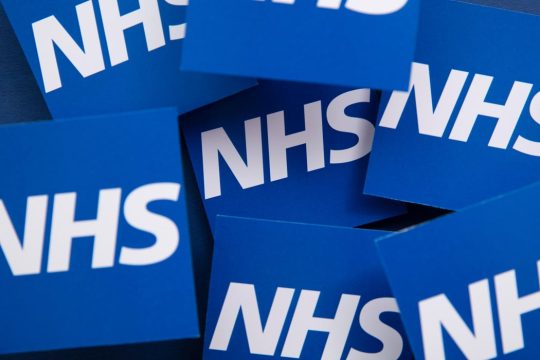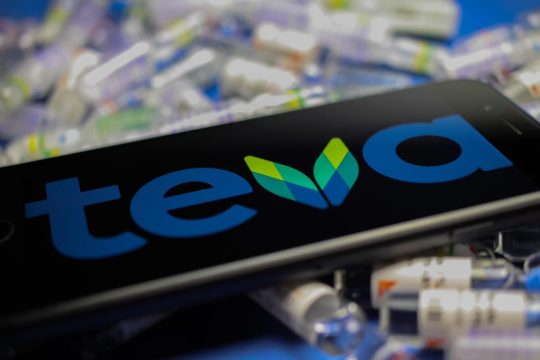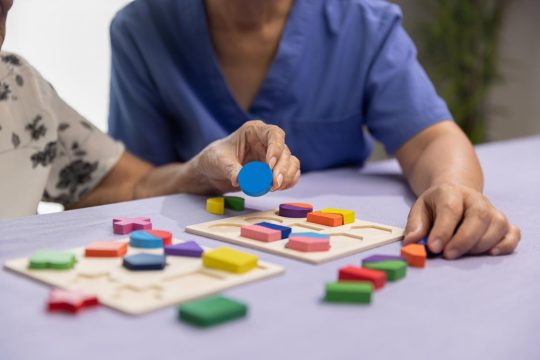Advertisment
ILTS 2012 Report – Pre-procurement liver biopsy over-worthwhile in certain cases
by Thomas R. Collins – Doing a biopsy on a liver before the organ is procured for transplantation is helpful only when done for certain potential organ donors, a team of researchers said here at the 18th International Congress of the International Liver Transplantation Society.
In trying to assess which livers have a macrosteatosis level of greater than or equal to 30 percent or Stage 2 or greater level of fibrosis — two thresholds considered riskier for a transplantation — researchers found that certain parameters were reliable for prediction. And it is worthwhile to do biopsy only when certain risk factors are present, said the researchers at the University of California San Francisco East Bay Surgery Programme, who analyzed data from the California Transplant Donor Network.
Biopsies of potential brain-dead liver donors come at a significant cost and may not unearth new information that has an effect on whether or not the organ should be used in a transplantation.
“It does offer early histologic assessment of a donor liver and therefore informs decisions during the donor offer process,” said Laurel Imhoff, MD, MPH, a resident in the UCSF East Bay programme. “Unfortunately it’s also both costly and time-consuming. It has the potential to harm the graft and/or the donor. And when it’s performed in a perfectly healthy liver it has the potential to result in false positives that can shut a case with subsequent loss of a very healthy graft.”
Researchers reviewed the records for all brain-dead potential donors who had provided consent for donation from 2005 to 2010 in the California Transplant Donor Network.
Biopsies had been performed on anyone older than 70, anyone older than 65 with diabetes, anyone with a BMI of 32 or higher, anyone with Hepatitis C and B, anyone drinking alcohol daily, anyone with elevated liver function tests, and anyone with incidental steatosis seen on pre-transplant imaging. That amounted to 619 biopsies.
But only 20 percent of these found either a macrosteatosis level of greater than or equal to 30 percent or a fibrosis level of greater than or equal to Stage 2.
“We found that 80 percent had absolutely no or very mild histologic findings,” Dr Imhoff said.
They then evaluated risk factors for unhealthy livers to see how well they predicted for macrosteatosis and Stage 2 fibrosis. They found that a BMI of 32 or greater, daily alcohol intake, and steatosis on imaging all had statistically significant correlation with the macrosteatosis levels.
And Hepatitis C, male gender, and Hispanic ethnicity all correlated with Stage 2 fibrosis.
Had biopsies been done only on potential donors with the risk factors for macrosteatosis, 357 would have been done. And they would have identified 75 of the 91 who actually had macrosteatosis, while missing 16, researchers found.
And they found that had biopsies been performed only on those with the risk factors for Stage 2 fibrosis, 363 would have been done, and that 43 of the 49 would have been correctly identified as having Stage 2 fibrosis. Six cases would have been missed.
“There is no need to biopsy for the sake of diabetes, Hepatitis B or elevated transaminases,” Dr Imhoff said. “If we had used these predictors, we would have identified 82 to 93 percent of the brain-dead donors with moderate to severe macrosteatosis or fibrosis and we would have reduced the number of pre-procurement biopsies by 40 percent.”





